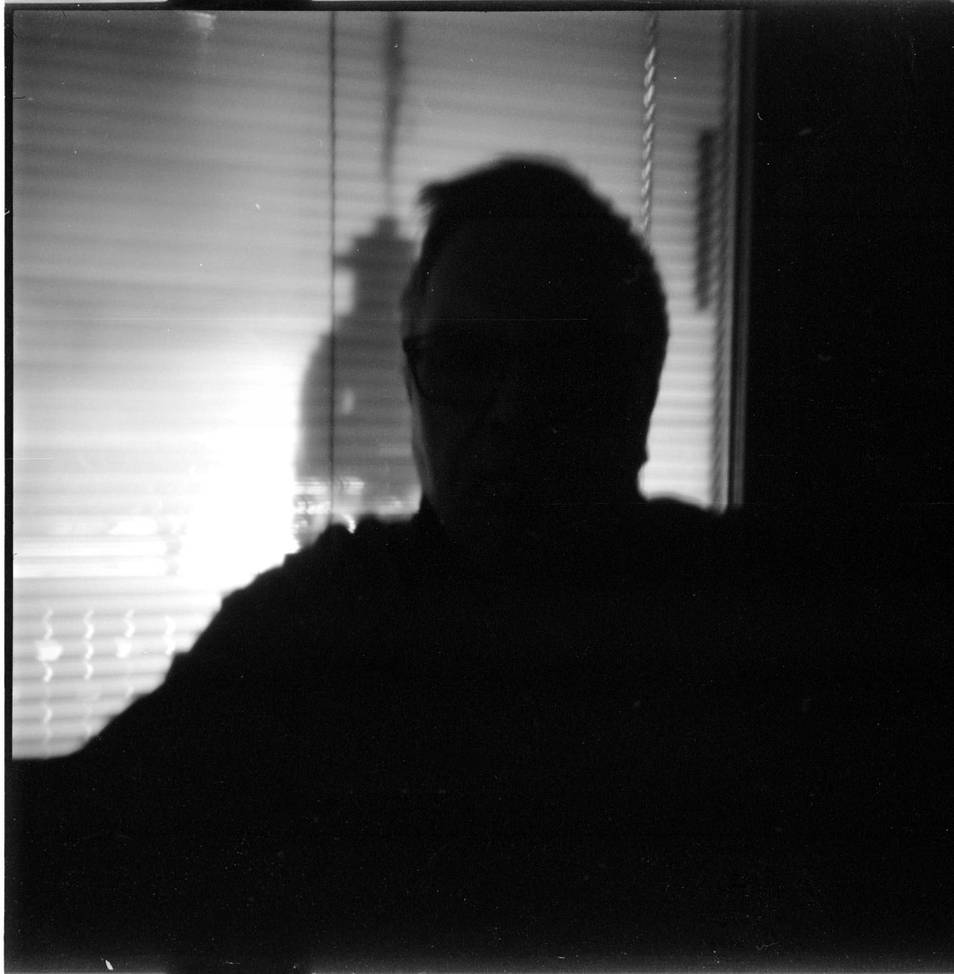How to scan 120 film?
Like other film formats, you can scan a 120 film using a flatbed scanner, or a dedicated medium format film scanner. You can also use scanning masks like Lomography’s DigitaLIZA 120 Scanning Mask for these methods.



Another way to scan 120 film is with scanning kits like the Lomography DigitaLIZA+ or DigitaLIZA MAX which comes with a 120 film holder as well as a 35 mm film holder. You can use these film holders to scan other special film formats like panoramic, overlapping images and sprocket holes using a digital camera or your smartphone.
Here’s how to use the DigitaLIZA scanning kits to scan your 120 film negatives using a smartphone:
After scanning your images, you will have to invert the negative images in a photo-editing software on your computer or a photo-editing app on your smartphone. Here’s how to invert your images on your computer or smartphone:
Anything missing?
Can’t find an answer to your question? Or do you have some useful advice to add to one of our courses? We want to build the world’s largest analogue learning space, so please send any further requests or information to school@lomography.com and we’ll take a look!
More Courses
-
How to scan my film negatives at home
Depending on the method you’re going for, you will be needing some of the following to scan your film negatives: digital camera with macro lens or your smartphone, a tripod, a scanning mask or film holder, a flatbed scanner or dedicated film scanner, a light table/LED panel or scanning kits.
-
What is the LomoLab?
The LomoLab is our film developing and scanning arm of Lomography. Found in Vienna and only available for mainland Europe, you can send in your rolls directly to us at Lomography – LomoLab, Kaiserstraße 34/12, 1070 Vienna, Austria.
-
How and where can I get my film scanned?
Film processing labs that offer film development services will typically also offer scanning services.
-
What are the different methods for scanning a film negative?
If you’re looking to invest in your own film processing equipment, or simply want to try out scanning on your own, here are the most common methods and what you will need to scan your film negatives.
-
Can I scan my film negative using my smartphone?
The answer is yes! You can scan 35 mm and 120 film negatives using just your smartphone with scanning kits like the Lomography DigitaLIZA Max and our free in-browser Lomo DigitaLIZA LAB tool or by installing a film scan app on your phone to invert and enhance the images.
-
How to scan panoramic film negative images?
You can scan panoramic film images using a flatbed scanner, medium format scanner, a scanning mask like the DigitaLIZA scanning masks, or the DigitaLIZA scanning kits.
-
How to scan overlapping frames?
You can scan film negatives with overlapping frames with a film holder or a scanning mask, a flatbed or dedicated film scanner, or a scanning kit like the DigitaLIZA+ and DigitaLIZA MAX.
-
How to scan 110 film?
There are a few ways to scan 110 film, such as with Lomography’s dedicated DigitaLIZA 110 Scanning Mask, or Lomography DigitaLIZA+ and Digitaliza Max with a modified frame.
-
How to scan sprocket holes and film borders?
Much like other film formats, you can scan sprocket holes and film borders using regular flatbed scanners or dedicated film scanners like the Lomography DigitaLIZA scanning kits.
